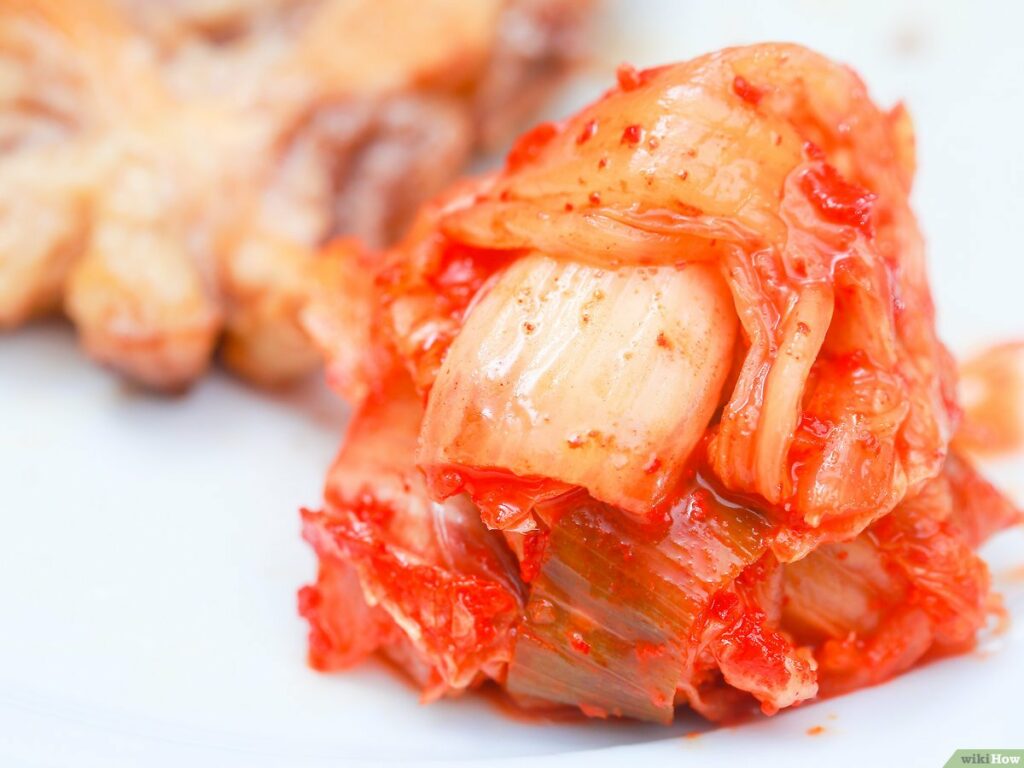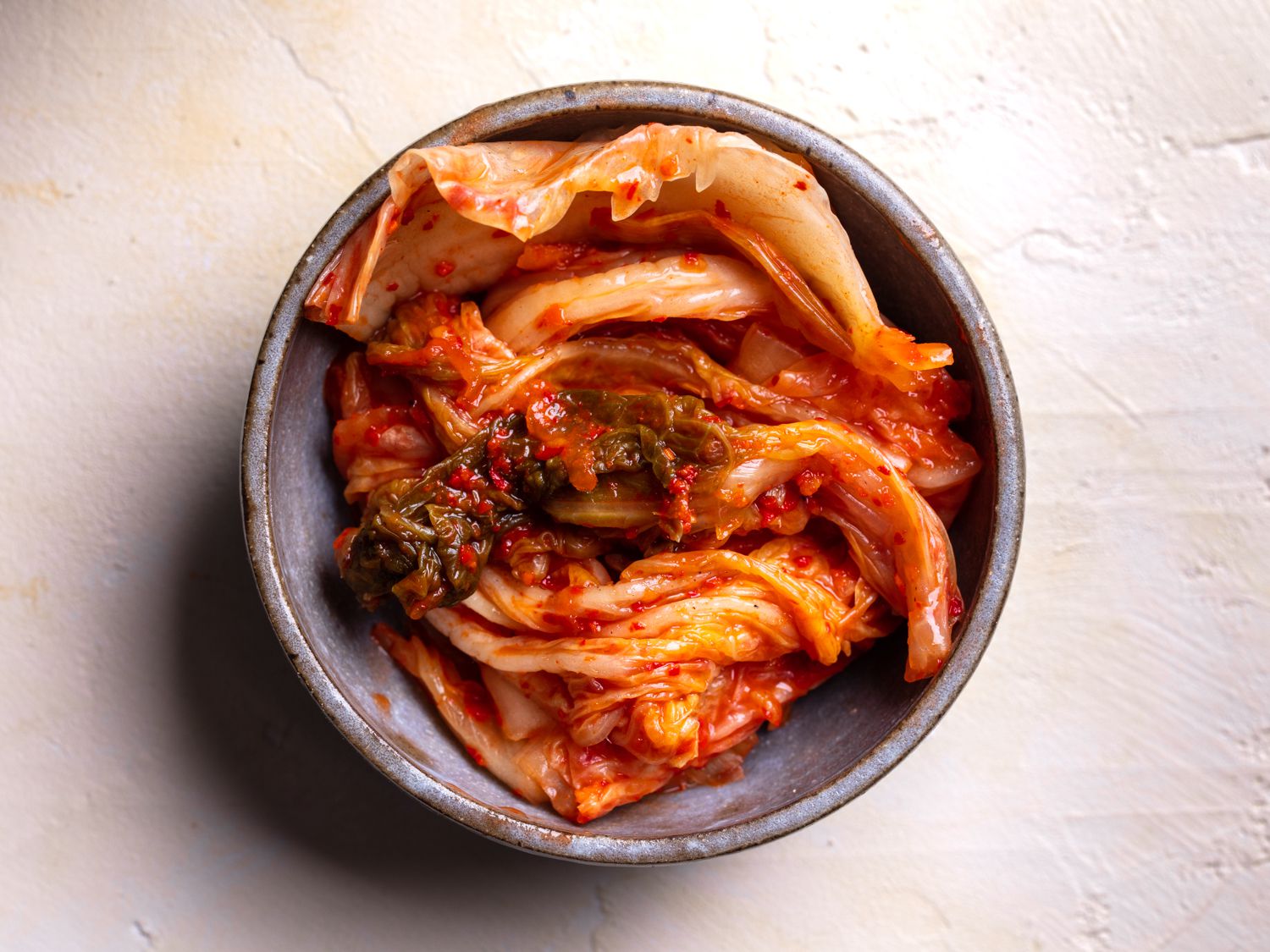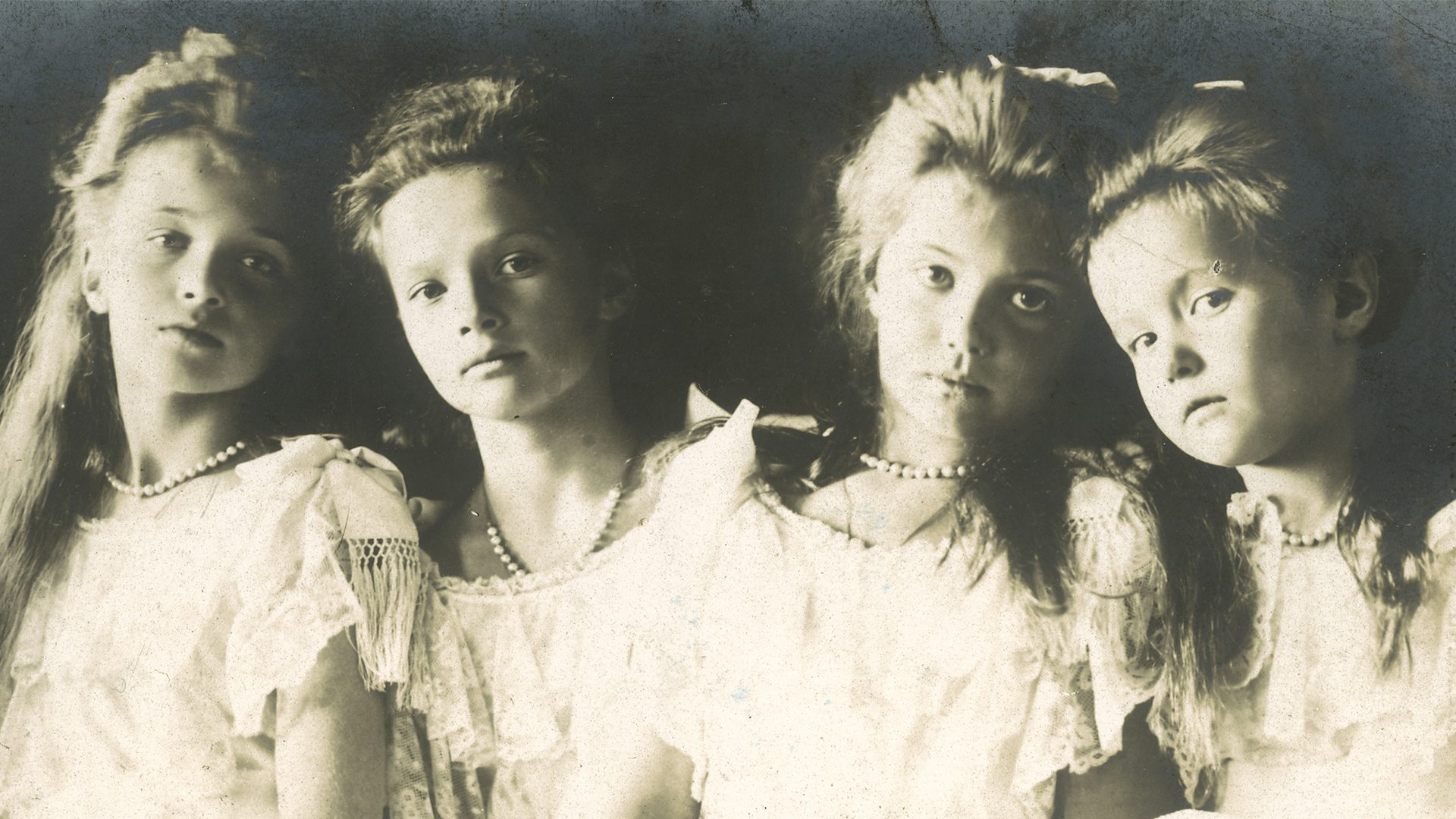For those of you who love watching K-Drama, you must already be familiar with kimchi. As you know, kimchi is a traditional Korean food. It is usually made from fermented Chinese cabbages and radishes, but all kinds of vegetables basically can be turned into kimchi. Kimchi is believed to provide various benefits for health. For example, preventing obesity and cancers as well as lowering bad cholesterol.
If you want to know more about this Korean traditional side dish, here are the facts and history of kimchi.

The History of Kimchi
In prehistoric times, Koreans used salt as preservatives. They used salt to preserve foods that they would consume in the winter. Because during the winter, the number of vegetables in Korea is extremely limited so that they have an idea to preserve vegetables like radishes and Chinese cabbages by using salt. Then, they add chili powder and other seasonings to make it more delicious. And this is how kimchi was made.
Kimchi was first written in the Goryeo dynasty era by a poet named Lee Kyu Bo. In his poetry, Lee Kyu Bo explained kimchi as a dish fermented with soy paste that is delicious to serve in summer or winter. Kimchi continued to develop until the Joseon dynasty era. Since then, kimchi has become very popular to the point it has become the icon of Korea.
Kimjang Tradition
There is a tradition in Korea called kimjang. This is when Koreans make kimchi in huge amounts. During kimjang, Koreans will gather with their families, friends, and even neighbours to make kimchi. This tradition is usually held in autumn. They make a lot of kimchi for food supplies when winter approaches. This kimjang tradition forms a social identity and becomes a symbol of solidarity for Koreans.
Back on December 5th, 2013, this kimjang tradition was registered to UNESCO as a Representative List of the Intangible Cultural Heritage of Humanity.
Kinds of Kimchi
Along with time, kimchi recipes get varied, as well as the vegetables used. Chinese cabbage kimchi is called baechu kimchi while radish kimchi is called kkakdugi. There are only 2 kinds of kimchi. In fact, there are so many other kinds of kimchi. For example, gat kimchi that is made from mustard greens. It tastes more sour and not too watery. There is also oisobagi kimchi that is made from cucumbers. The fermenting process of oisobagi kimchi is shorter than other types of kimchi.
Buchu kimchi is made from leeks fermented with chili powder, fish oil, sugar, and sesame oil. In Korea, there is even a kimchi museum where you can learn anything about this Korean traditional side dish. Do not forget to visit this museum when you travel to Korea.
Health Benefits of Kimchi
100 grams of kimchi contains 7 grams of carbohydrates, 17 calories, and 3 grams of fibers. This Korean traditional side dish does not contain any fat at all, making it super-healthy. Since it is fermented, kimchi contains probiotics, which are good bacteria for the digestive system. Kimchi also contains Vitamin C, chlorophyll, phenol, and carotenoid that are good for the immune system.







